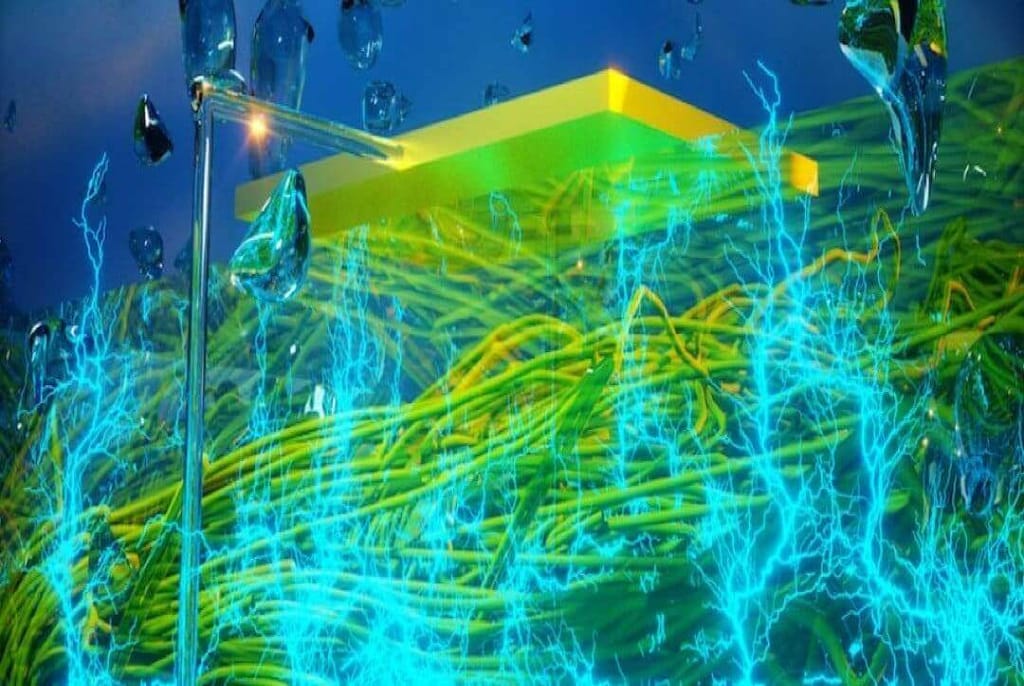
On a hot summer day, we all groan about the humidity. According to a new study, that same humidity could be a source of clean, pollution-free electricity.
“Air humidity is a vast, sustainable reservoir of energy that, unlike solar and wind, is continuously available,” said the study, which was published recently in the journal Advanced Materials.
“This is very exciting,” said Xiaomeng Liu, a graduate student at the University of Massachusetts-Amherst, and the paper’s lead author. “We are opening up a wide door for harvesting clean electricity from thin air.”
In fact, experts claim that practically any material may be transformed into a gadget that continuously harvests electricity from air humidity.
‘A vast amount of electricity exists in the air’
“The air contains an enormous amount of electricity,” said Jun Yao, assistant professor of electrical and computer engineering at the University of Massachusetts-Amherst, and the paper’s senior author. “Think of a cloud, which is nothing more than a mass of water droplets. Each of those droplets contains a charge, and when conditions are right, the cloud can produce a lightning bolt – but we don’t know how to reliably capture electricity from lightning.”
“What we’ve done is to create a human-built, small-scale cloud that produces electricity for us predictably and continuously so that we can harvest it.”
The center of the man-made cloud is what Yao and his colleagues call an air-powered generator, or the “air-gen” effect.
‘Significant consequences for renewable energy’s future
The current study expands on findings from a previous study published in 2020. This new technique, according to scientists, “could have significant implications for the future of renewable energy, climate change, and the future of medicine.” That study found that energy could be extracted from humidity using bacteria-derived material; the latest study discovers that almost any material, such as silicon or wood, may be employed.
The gadget discussed in the paper is about the size of a fingernail and thinner than a single hair, and is dotted with tiny holes known as nanopores, the Washington Post reported. “The holes have a diameter smaller than 100 nanometers, or less than a thousandth of the width of a strand of human hair,” the Post said.
Air power might be harvested 24 hours a day, seven days a week, night or day
Furthermore, because the humidity is always present, the harvester would run 24/7, rain or shine, at night and whether or not the wind blows, which eliminates one of the fundamental concerns with technologies like wind or solar, which only work under particular conditions.
“The work opens a wide door for the broad exploration of sustainable electricity from the air,” the study said.
Yao told the Washington Post that in perfect conditions, 1 billion air-gens stacked to the size of a refrigerator could produce a kilowatt and partially power a home.
“Imagine a future world in which clean electricity is available anywhere you go,” said Yao. “The generic air-gen effect means that this future world can become a reality.”
